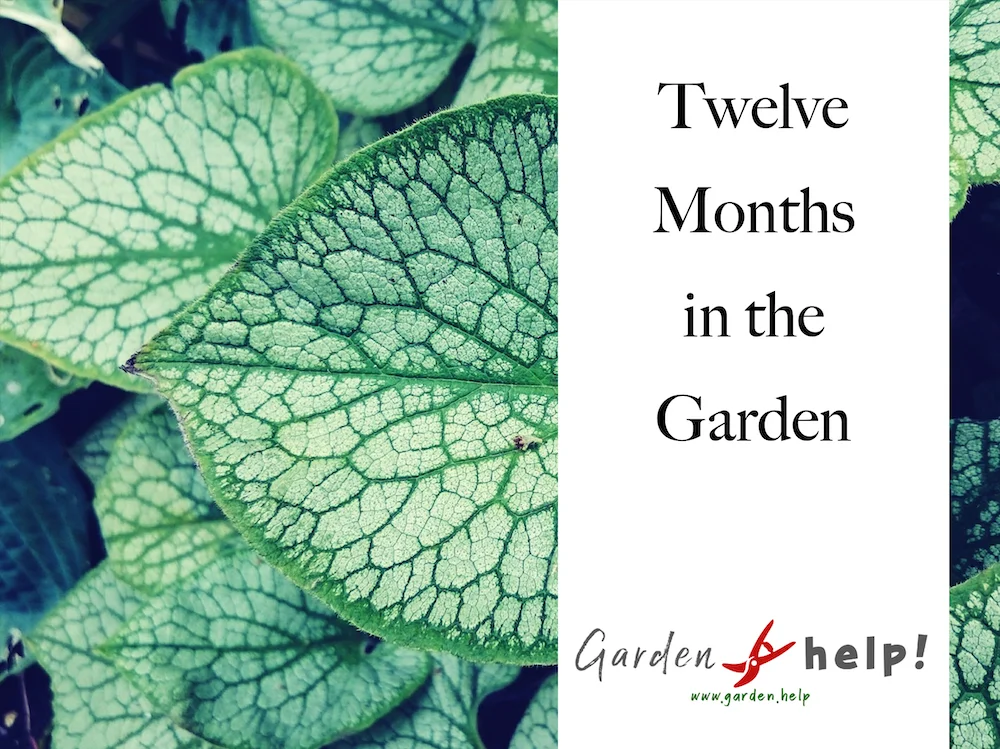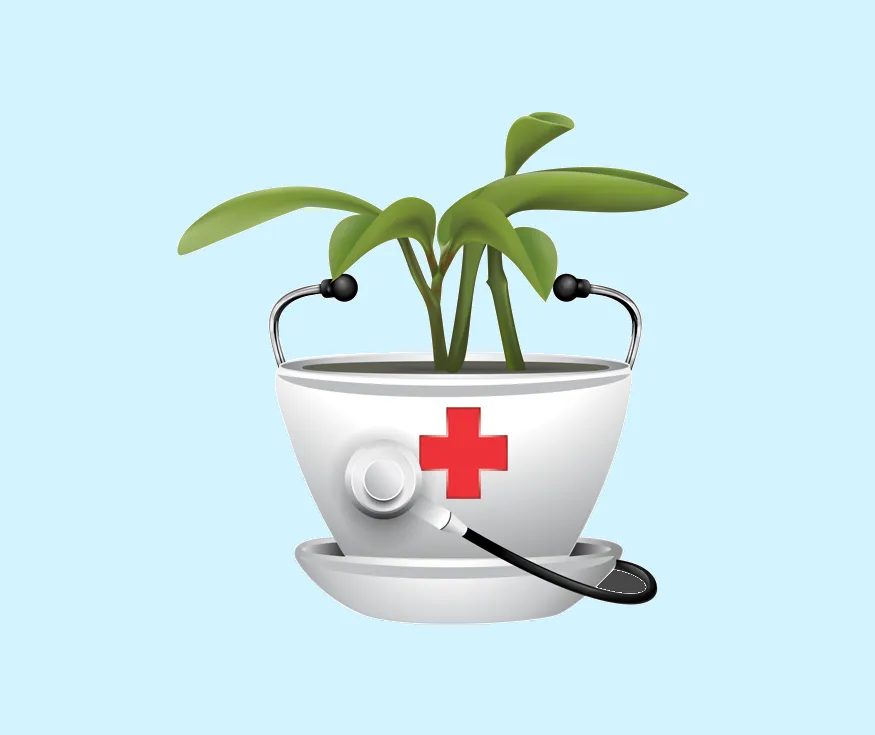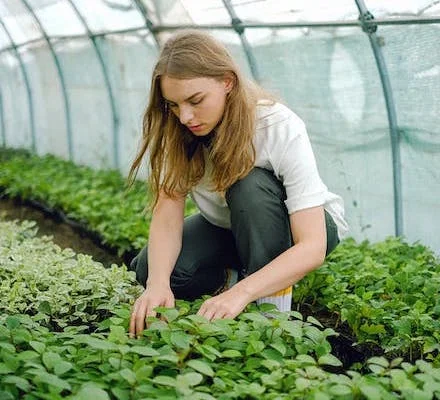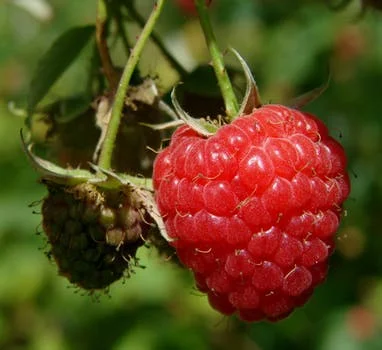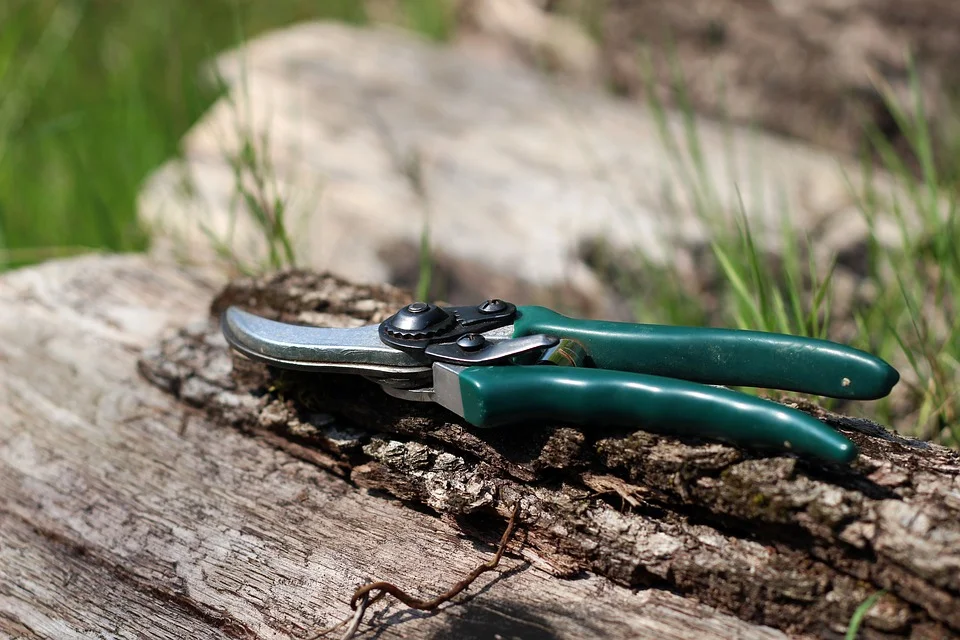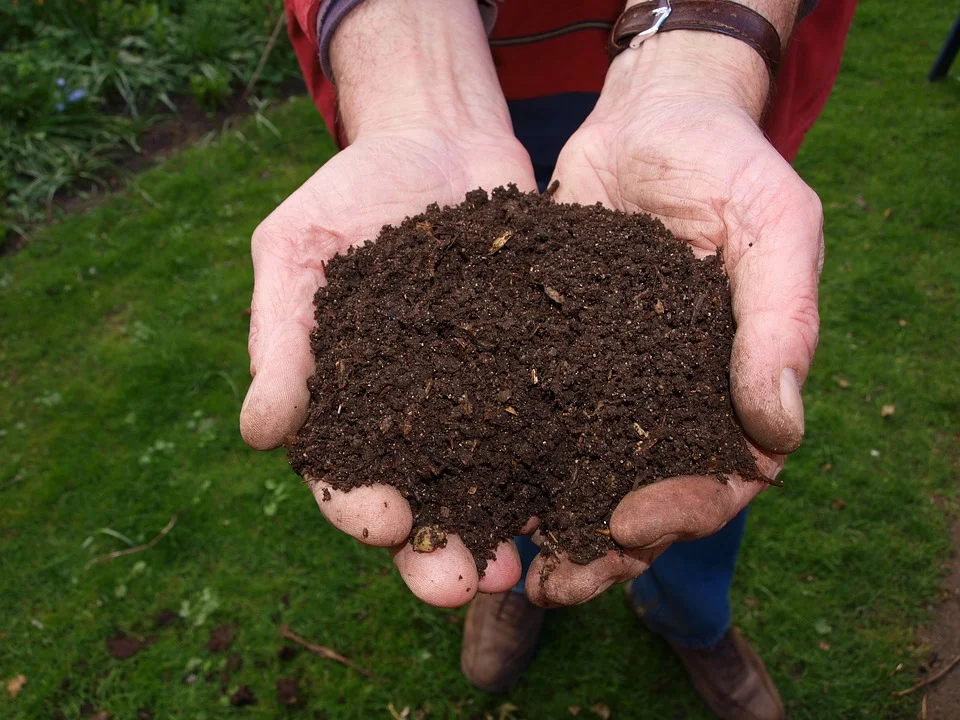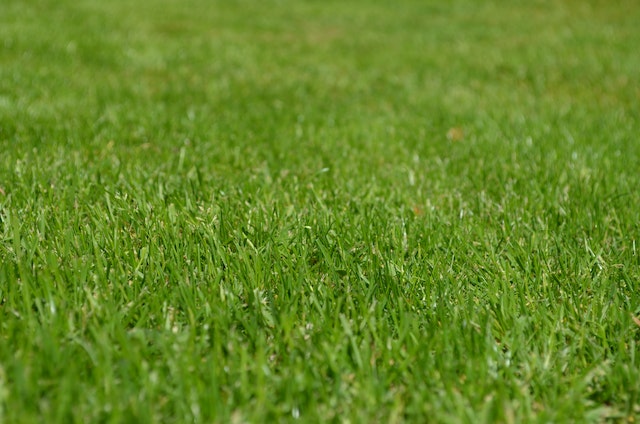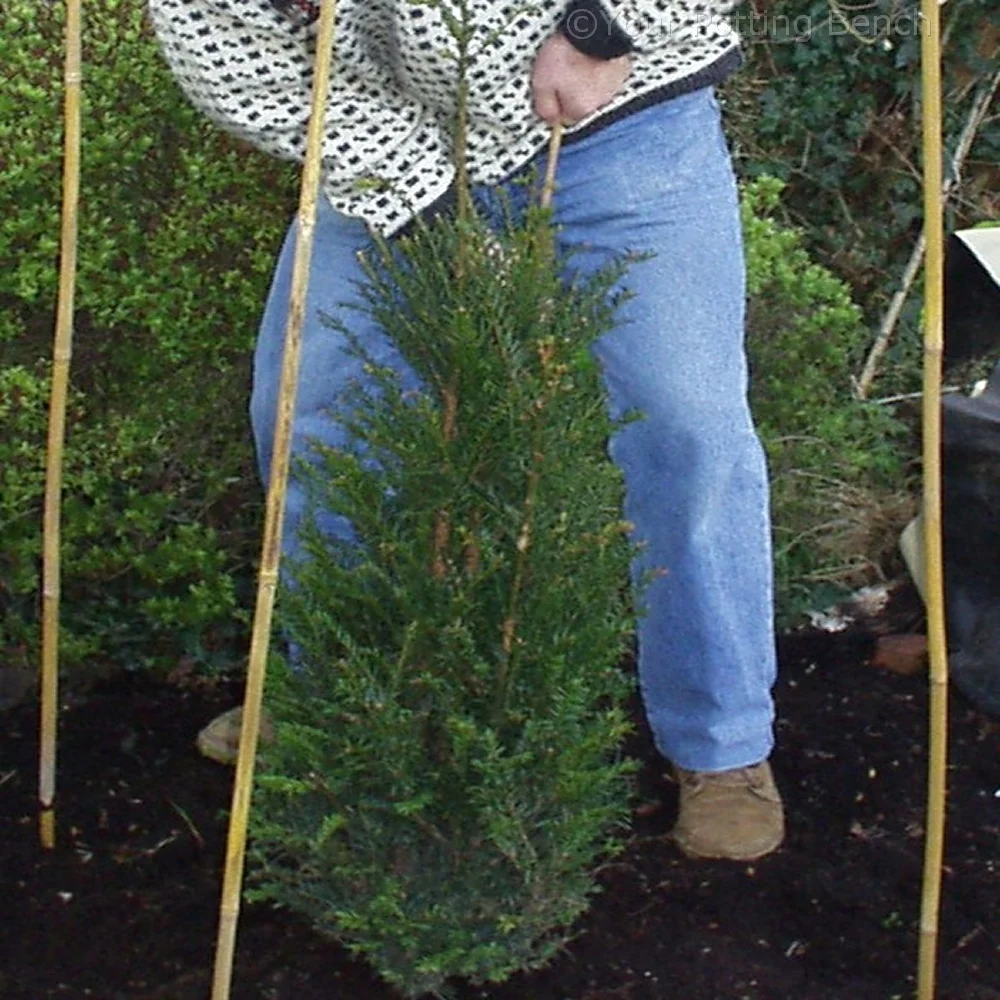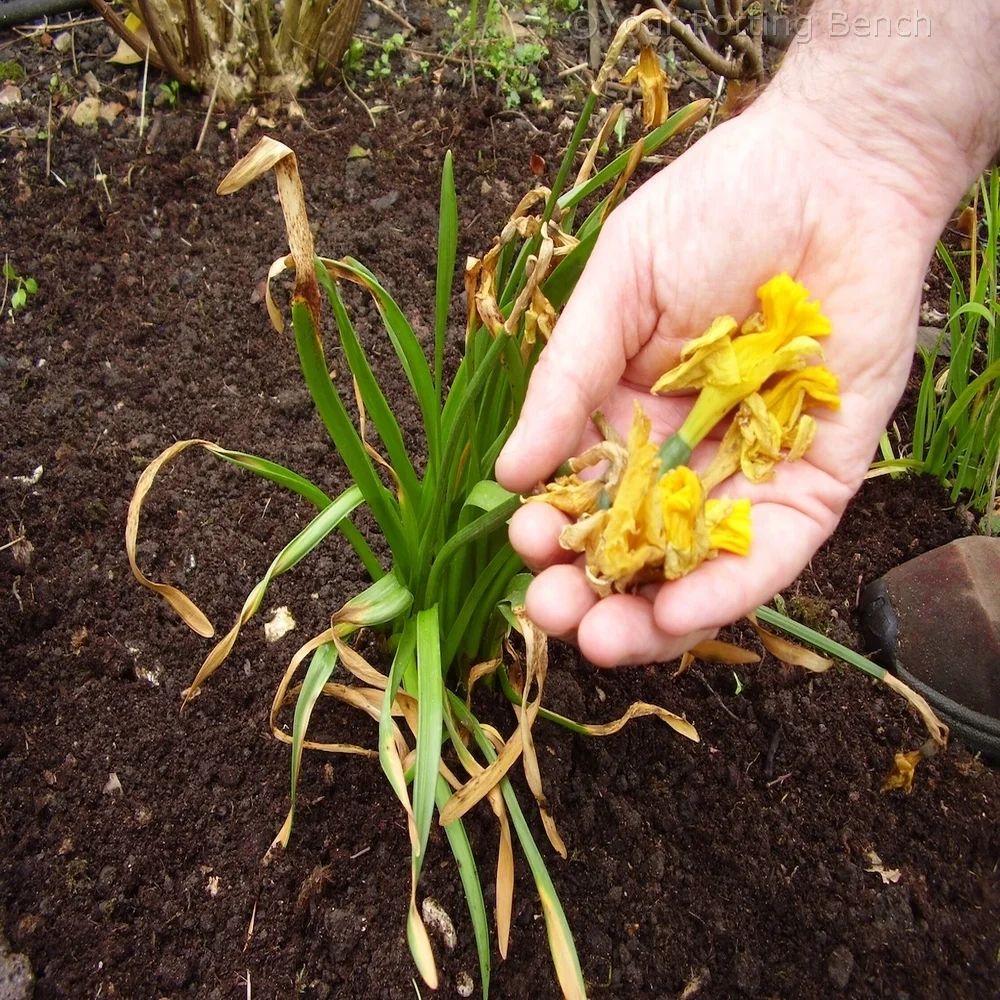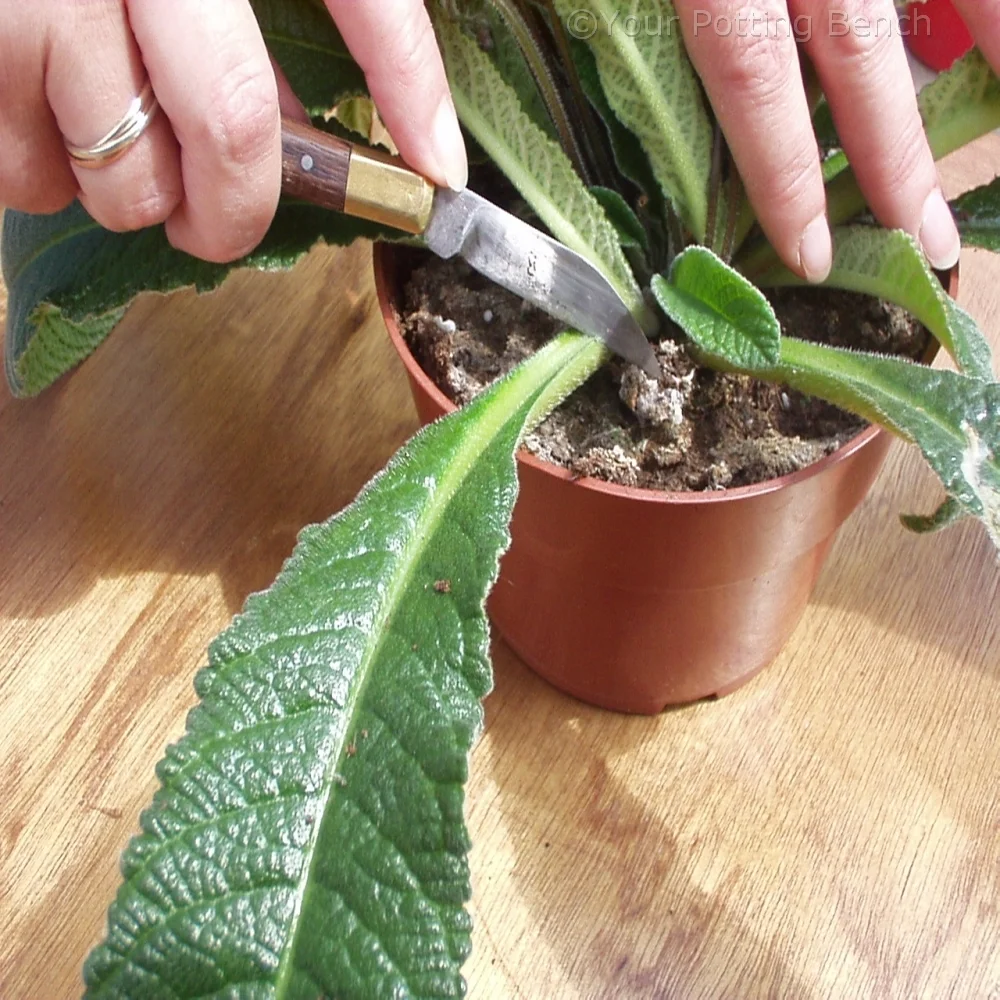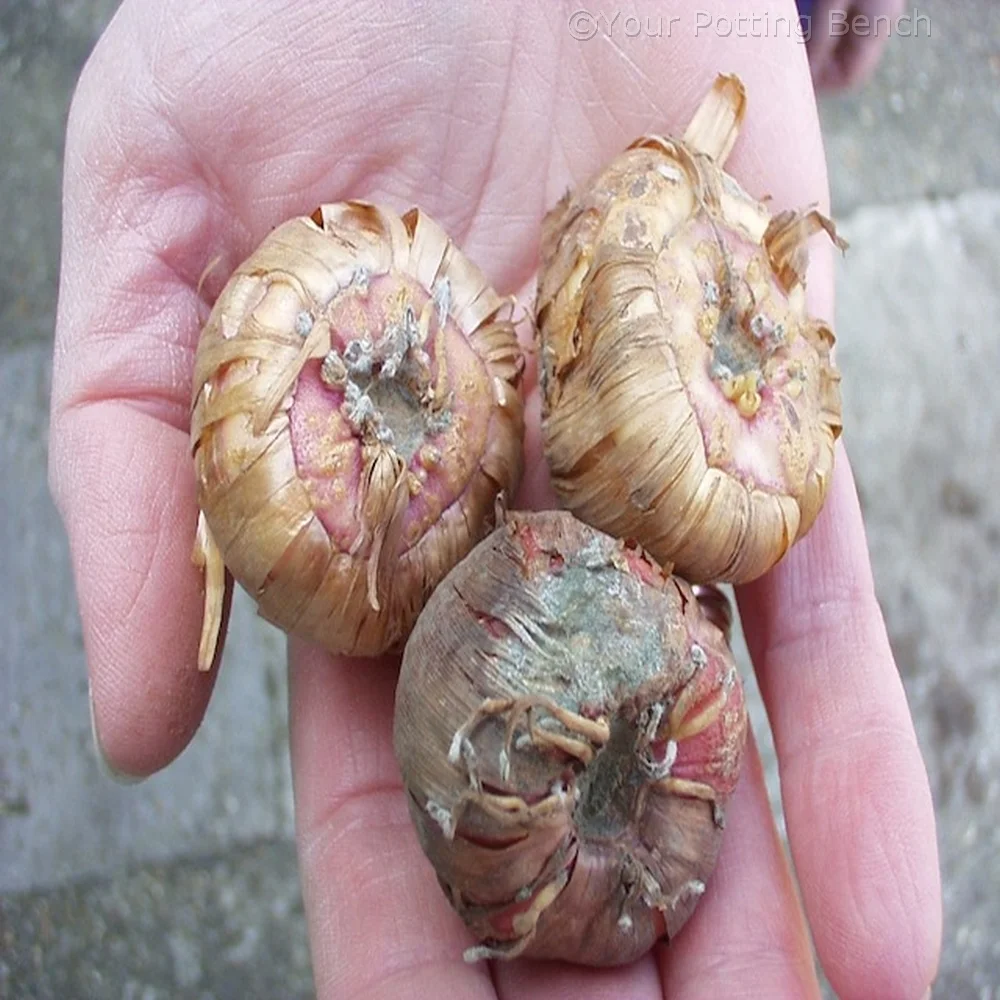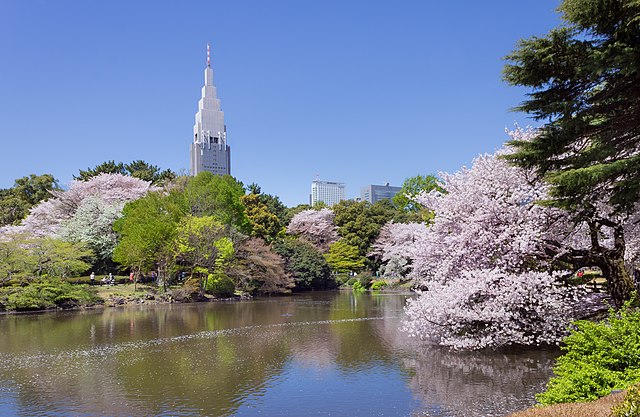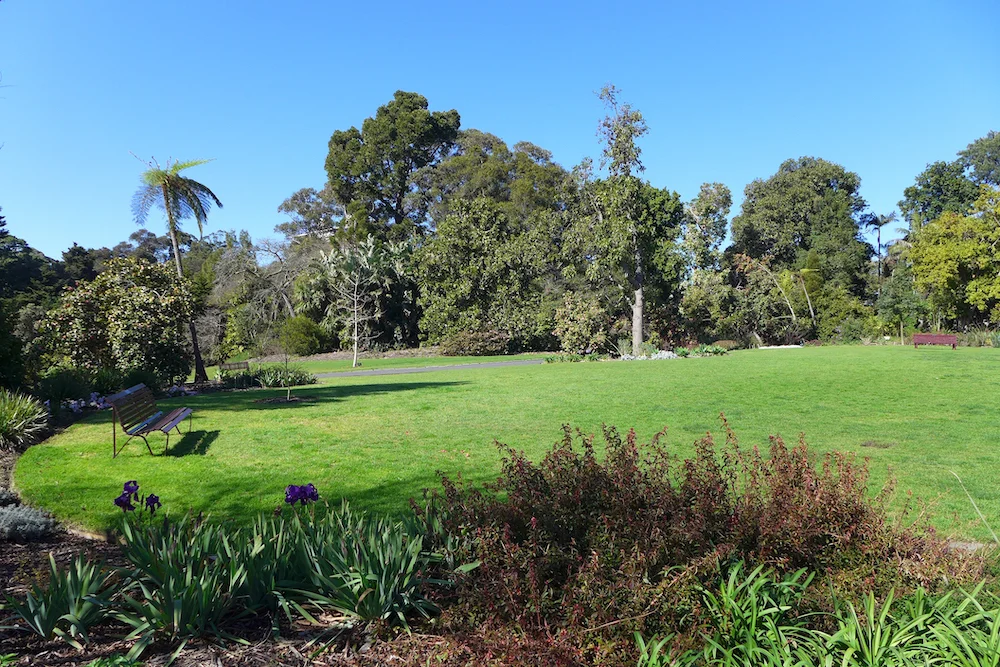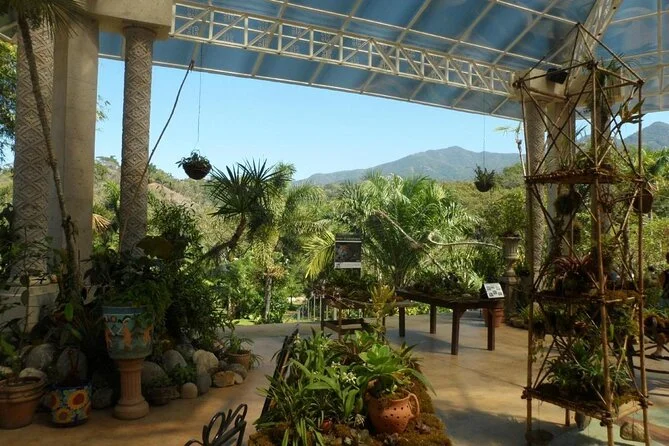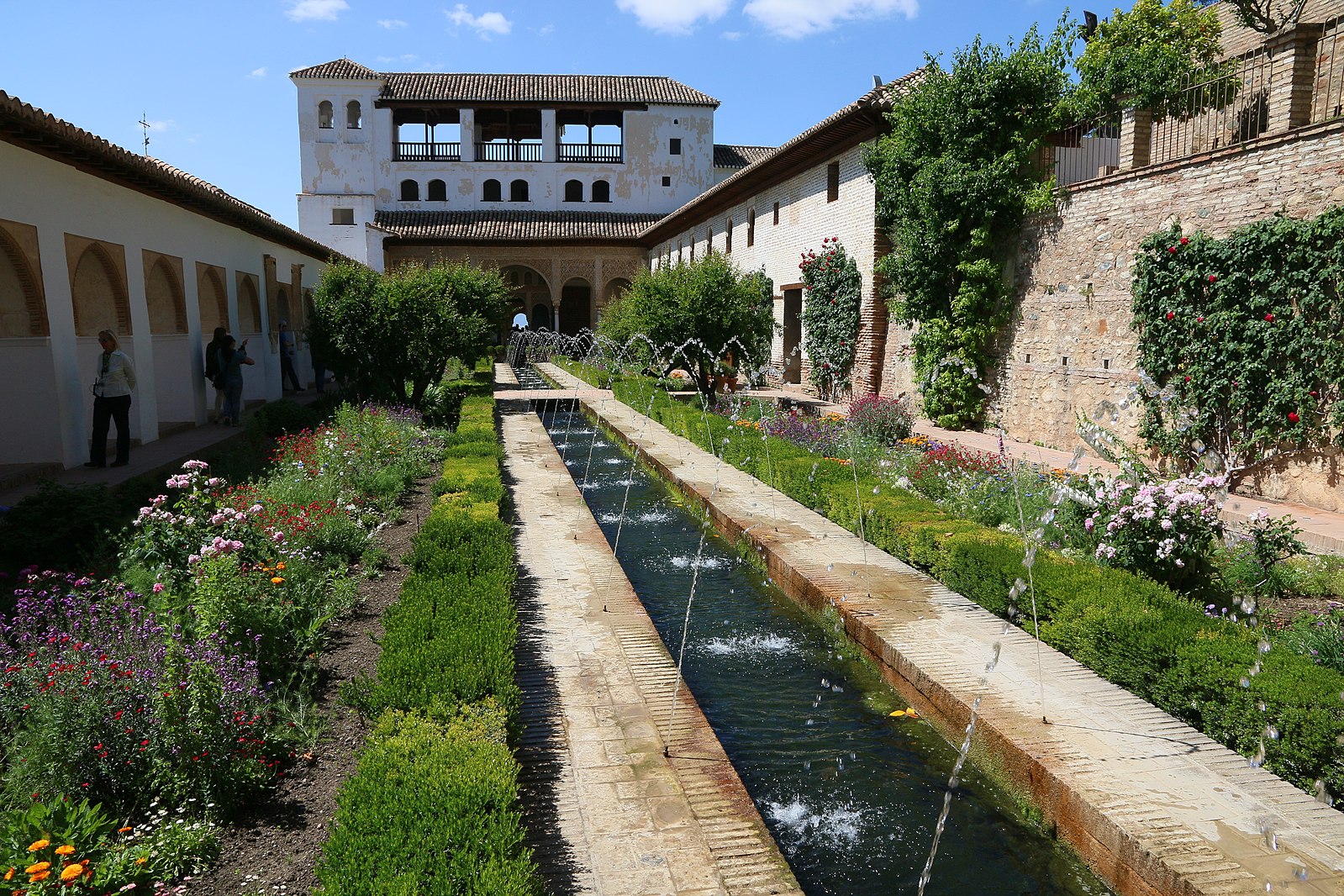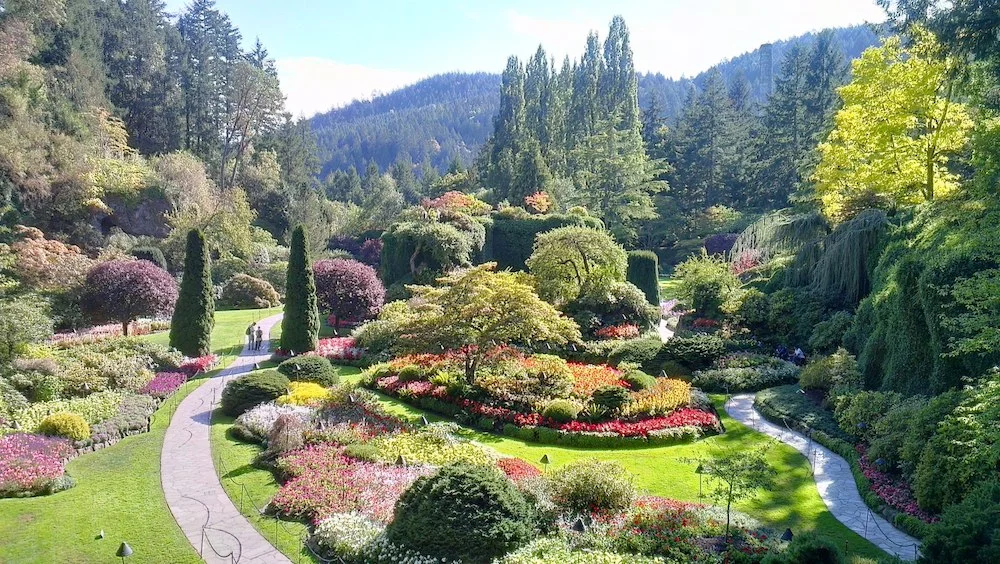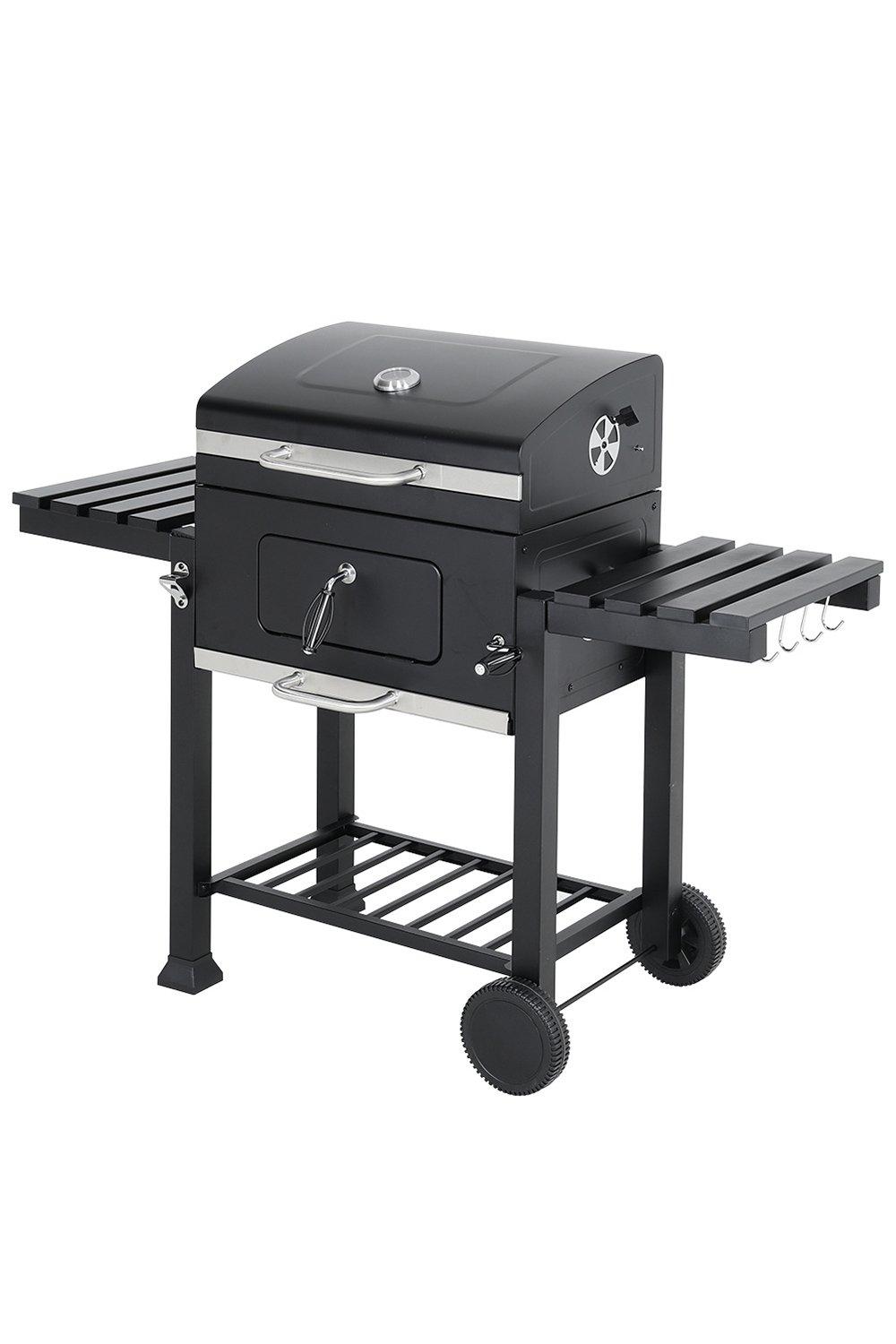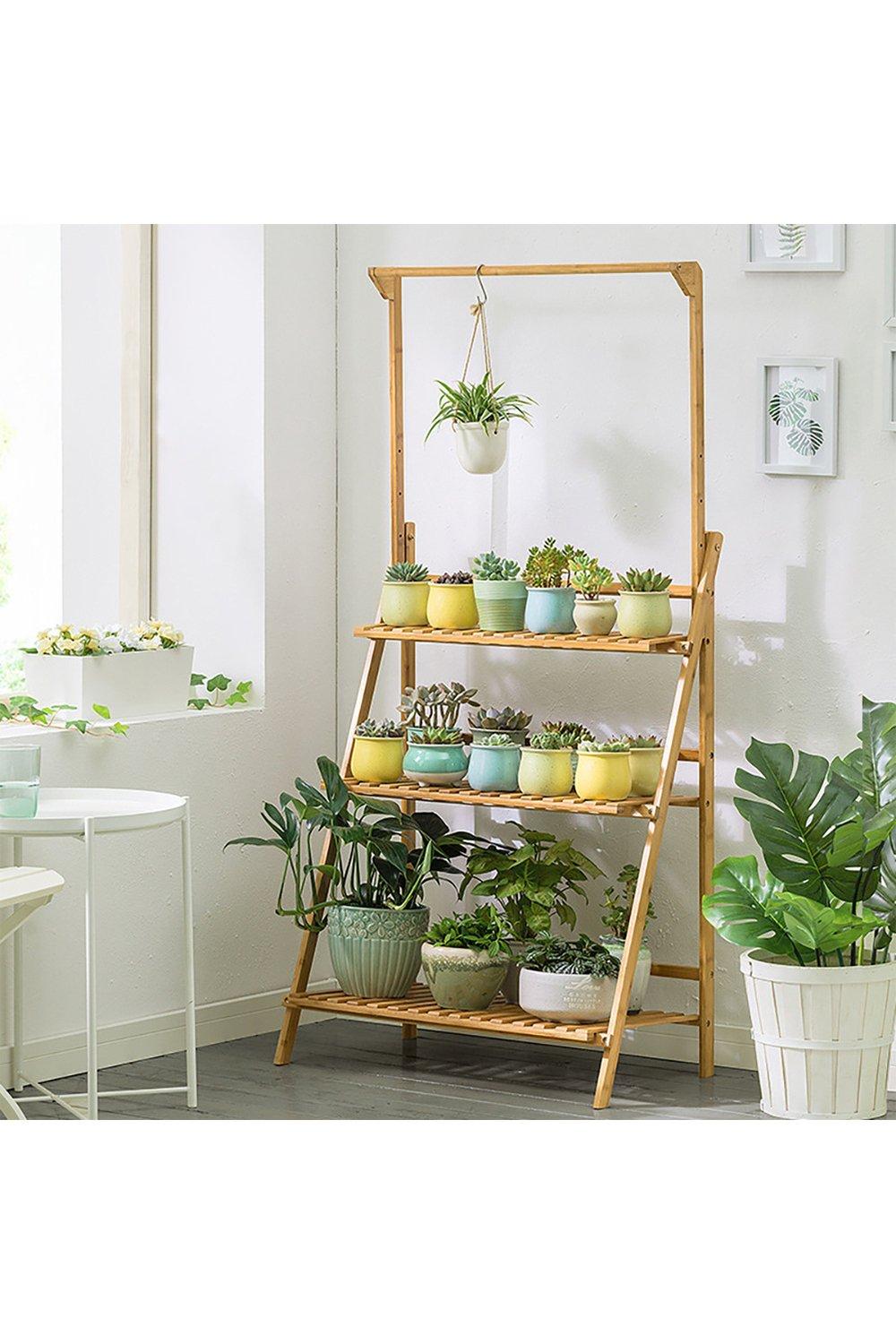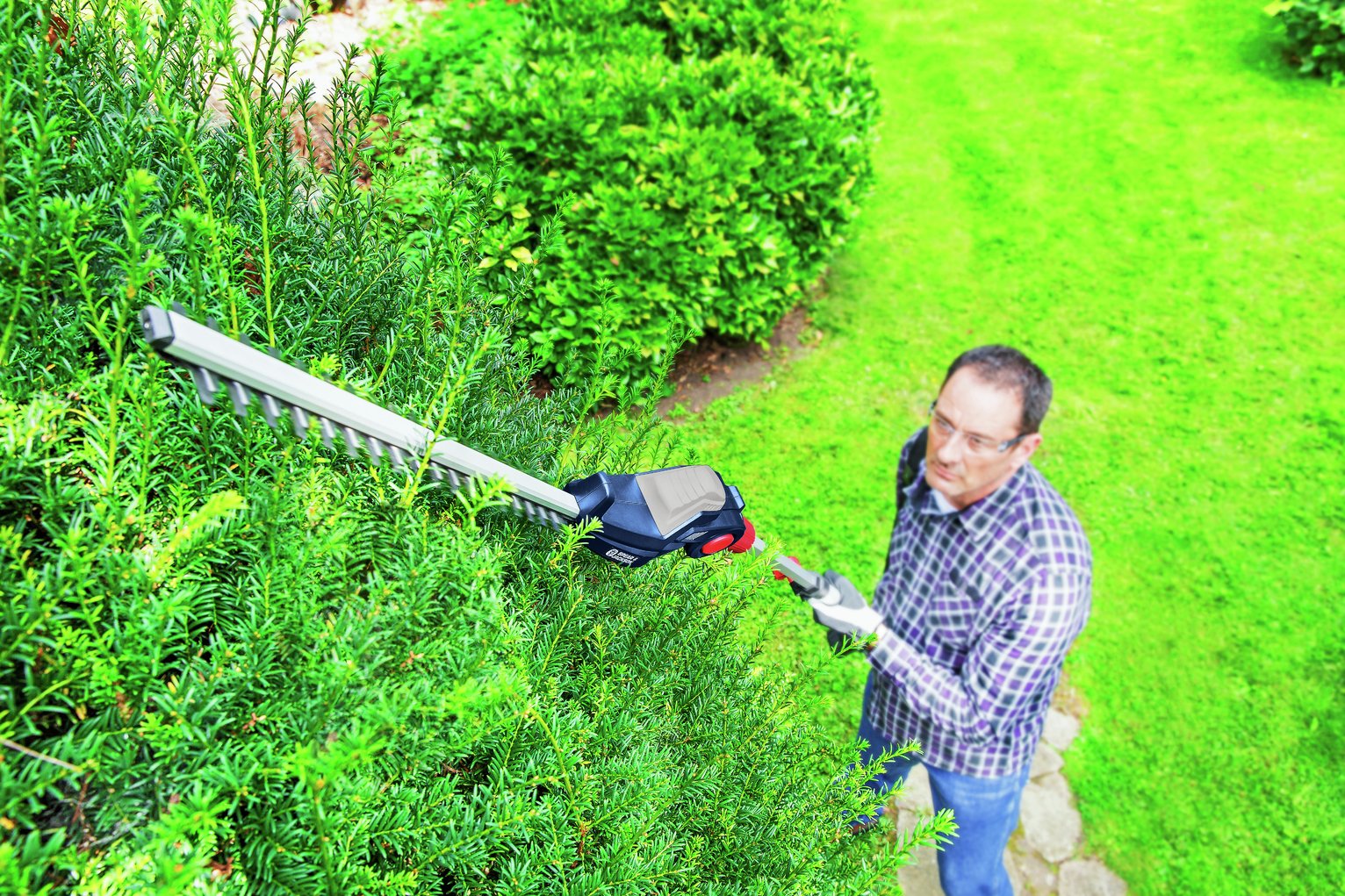Home > Question >
What is causing the greyish brown patches on my lawn?
Our Advice:
This is probably being caused by a fungus called Fusarium patch infecting areas of your lawn and killing the grass. You can treat the affected areas with Lawn Disease Control from Bayer. Or apply Sulphate of iron, to reduce the effects of the disease toughen the grass and lower the pH on the turf, which will discourage snow mould.
Here are some related questions:
Not what you are looking for?
If you can't find what you are looking for on the website then you can ask one of our experts. To get in touch with us Click Here
We will try to get back to you with an answer as soon as we can.
Here is some more information for you:
Lawns: Overview
A lawn is an area of land covered with grass that is usually kept at a short height by mowing. Lawns are a common feature of residential and commercial landscapes, providing a soft, green carpet for outdoor activities and aesthetic appeal. They can also help to reduce soil erosion and provide a habitat for wildlife.
Lawns: Characteristics
Lawns are typically composed of grass species that are adapted to the local climate and growing conditions. They require regular maintenance, including mowing, fertilisation, watering, and weed control, to keep them healthy and attractive.
Lawns: Cultivation
The cultivation of a lawn begins with site preparation, which involves removing weeds, rocks, and other debris from the area. The soil is then amended with organic matter and fertiliser to provide the necessary nutrients for grass growth. Grass seed or sod is then planted and watered regularly until it is established. Once the lawn is established, regular maintenance is required to keep it healthy and attractive. This includes mowing, fertilisation, watering, and weed control.
Lawns: Uses
Lawns are primarily used for recreational purposes, providing a soft, safe surface for activities such as picnics, sports, and games. They also provide aesthetic appeal and can increase property value. Lawns can also help to reduce soil erosion and provide a habitat for wildlife. Some homeowners choose to incorporate other elements into their lawns, such as flower beds, shrubs, or trees, to add visual interest.
Lawns: Concerns
While lawns have many benefits, they can also pose environmental concerns. Lawns require significant amounts of water, fertiliser, and pesticides to maintain, which can lead to water pollution, soil degradation, and other environmental problems. In addition, the use of gas-powered mowers and other lawn equipment can contribute to air pollution. Some homeowners choose to reduce the environmental impact of their lawns by using organic lawn care methods, such as composting and natural pest control, or by replacing all or part of their lawns with alternative landscaping options, such as native plant gardens or vegetable gardens.
Lawns: Conclusion
Lawns are a common feature of residential and commercial landscapes, providing a soft, green carpet for outdoor activities and aesthetic appeal. While they require regular maintenance, including mowing, fertilisation, watering, and weed control, they can also provide many benefits, such as reducing soil erosion and providing a habitat for wildlife. However, they can also pose environmental concerns, which should be considered when planning and maintaining a lawn.
Did you find this answer useful? Subscribe to our newsletter for gardeing news, projects, special offers and competitions.
Ask another gardening question:
Learn More About Pests and Diseases
Gardening Projects for April
